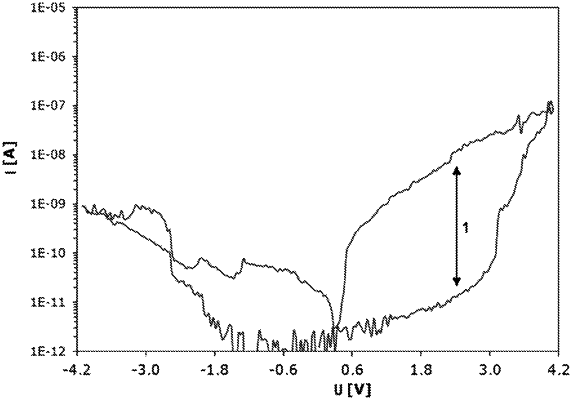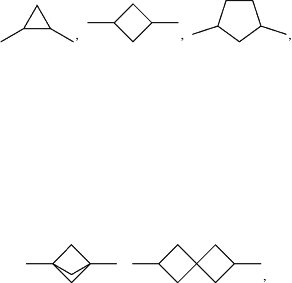| CPC H10K 19/202 (2023.02) | 20 Claims |

|
1. A process for production of a component, comprising:
(1) providing a substrate having a substrate surface,
(2) applying a solution comprising one or more compounds of the formula I to the substrate surface,
(3) heating the substrate to a temperature in the range from 60° C. to 300° C.,
where formula I is defined as follows:
R1-(A1-Z1)r—(B1)n—(Z2-A2)s-Sp-G (I)
in which
R1 denotes H, an alkyl or alkoxy radical having 1 to 15 C atoms, where, in addition, one or more CH2 groups in these radicals may each be replaced, independently of one another, by —C≡—, —CH═CH—,
 —O—, —S—, —CF2O—, —OCF2—, —CO—O—, —O—CO—, —SiR0R00—, —NH—, —NR0— or —SO2— in such a way that O atoms are not linked directly to one another, and in which, in addition, one or more H atoms may each be replaced by halogen, CN, SCN or SF5,
R0, R00 denote, identically or differently, an alkyl or alkoxy radical having 1 to 15 C atoms, in which, in addition, one or more H atoms may each be replaced by halogen,
A1, A2 on each occurrence, identically or differently, denote an aromatic, heteroaromatic, alicyclic or heteroaliphatic ring having 4 to 25 ring atoms, which may also contain condensed rings and which may be mono- or polysubstituted by Y,
Y on each occurrence, identically or differently, denotes F, Cl, CN, SCN, SF5 or straight-chain or branched, in each case optionally fluorinated, alkyl, alkoxy, alkylcarbonyl, alkoxycarbonyl, alkylcarbonyloxy or alkoxycarbonyloxy having 1 to 12 C atoms,
B1 denotes
  where the groups may be oriented in both directions,
L1 to L5 denote, independently of one another, F, Cl, Br, I, CN, SF5, CF3, or OCF3, where L3 alternatively may also denote H,
Z1, Z2 on each occurrence, identically or differently, denote a single bond, —CF2O—, —OCF2—, —CF2S—, —SCF2—, —CH2O—, —OCH2—, —C(O)O—, —OC(O)—, —C(O)S—, —SC(O)—, —CH2—, —(CH2)2—, —(CH2)3—, —(CH2)4—, —CF2—, —CF2, —CF2—CF2—, —CF2—CH2—, —CH2—CF2—, —CH═CH—, —CF═CF—, —CF═CH—, —CH═CF—, —(CH2)3O—, —O(CH2)3—, —C≡C—, —O—, —S—, —C═N—, —N═C—, —N═N—, —N═N(O)—, —N(O)═N—, or —N═C—C═N—,
Sp denotes a spacer group or a single bond,
G denotes —SO2ORV, —OP(O)(ORV)2, —PO(ORV)2, —C(OH)(PO(ORV)2)2, or —COORV,
RV denotes secondary or tertiary alkyl having 3 to 20 C atoms,
r and s, independently of one another, denote 0, 1, 2 or 3,
where r+s≤4, and
n denotes 0 or 1.
|